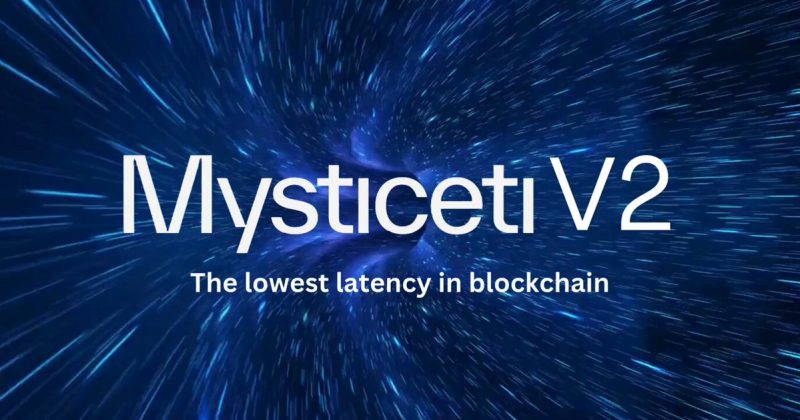Sui Network, operated by Mysten Labs, has introduced Mysticeti v2, the latest version of its consensus engine built to drastically cut transaction latency and increase throughput. This new release simplifies validator communication and optimizes cryptographic operations, marking another step toward sub-second finality and supporting high-performance decentralized applications on the Sui blockchain.
Enhanced Architecture for Superior Speed
Building on the first Mysticeti engine, which achieved a median latency of roughly 390 milliseconds and finality near 640 milliseconds on testnet, Mysticeti v2 pushes the limits even further. The updated version reduces cryptographic overhead and minimizes validator messaging, aiming for faster confirmation times and improved throughput. Reports indicate that this evolution could deliver an additional 80% performance gain over Sui’s earlier Narwhal-Bullshark design.
Dynamic DAG Scheduling and Adaptive Processing
The original Mysticeti protocol introduced an uncertified Directed Acyclic Graph (DAG) system that allowed blocks to be signed and shared directly, bypassing the need for quorum certification. Mysticeti v2 enhances this approach with dynamic DAG scheduling and adaptive fast-path logic, letting the network prioritize transactions based on real-time conditions. This smart adjustment keeps latency low while maintaining high throughput under varying network demands.
Real-World Impact and Ecosystem Growth
For developers and users, this upgrade means faster and smoother performance across Sui’s decentralized ecosystem. DeFi platforms, NFT marketplaces, and gaming applications are expected to benefit from near-instant transactions. Early data from prior upgrades showed swap operations shrinking from 2–3 seconds to under 1 second. With Mysticeti v2, Sui aims to process hundreds of thousands of transactions per second, narrowing the performance gap between decentralized and traditional systems.
While Mysticeti v2 represents a major milestone for Sui, analysts caution that true scalability depends on more than just speed. Broader adoption will hinge on robust developer tools, validator decentralization, network security, and overall liquidity. Still, the rollout underscores Sui’s growing ambition to lead the next wave of scalable Web3 infrastructure.
